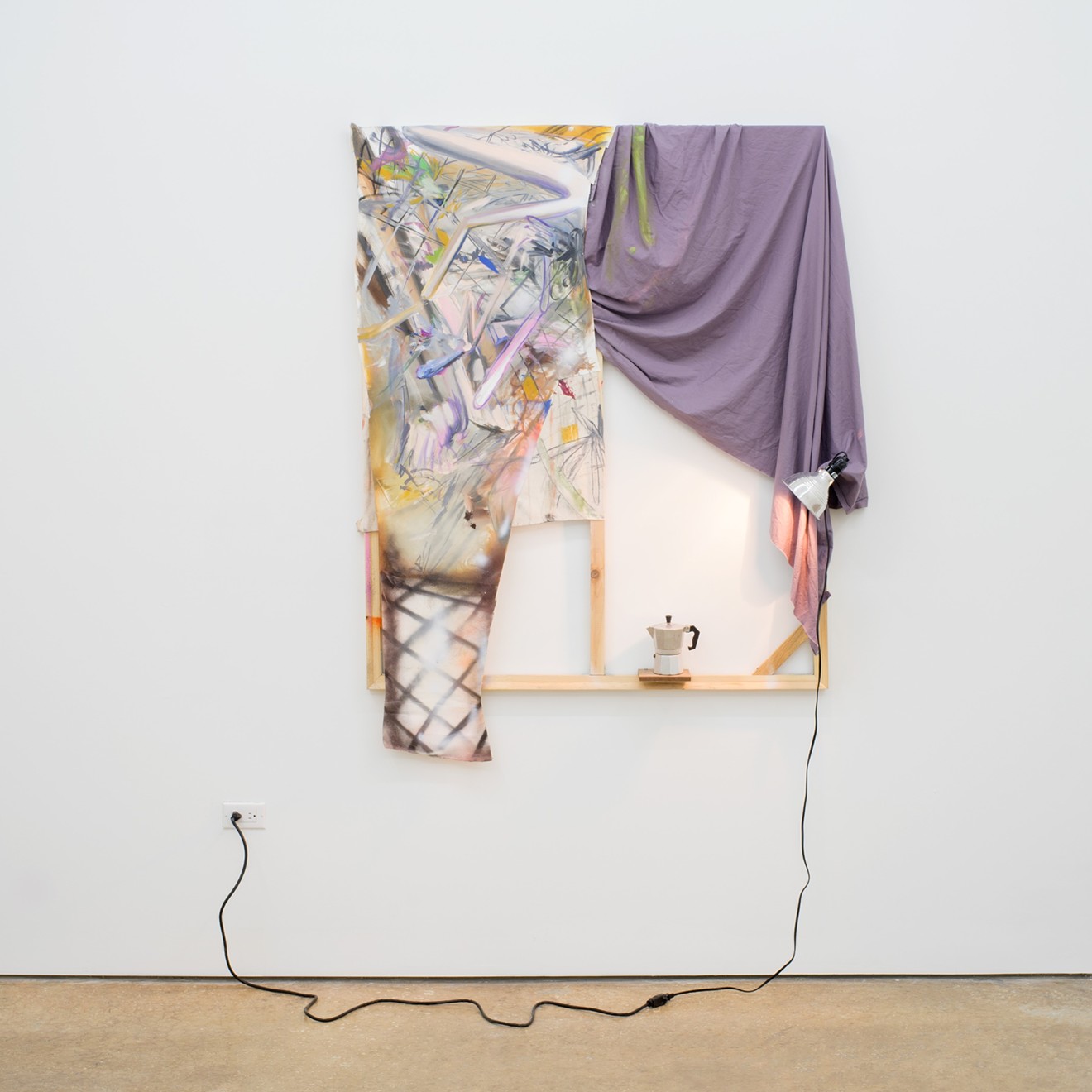If you look at the cultural technology that permeates our lives (Uber, Facebook, Instagram) or the predominating cultural trends (the cronut, Cardi B), you're inevitably brought to major cities like L.A., San Francisco, and New York. These cities are larger than Miami, they've been around longer, and they seem to harbor some American je ne sais quoi that attracts even our own artists and innovators to their shores.
Latinx Art Sessions, happening between Pérez Art Museum Miami and ArtCenter/South Florida on January 24 and 25, reverses that dynamic. For two days, New York and L.A.'s brightest curators, academics, journalists, and artists are arriving to join in complex and nuanced conversations about the Latinx art world.
"Latinidad is certainly not a monolith," says Naiomy Guerrero, who organized Latinx Art Sessions with Maria Elena Ortiz and Natalia Zuluaga. "We can’t hide under the umbrella of Latinidad; we have to look at it straight in the eye and expose it and talk about all the nitty-gritty of it."
Guerrero has experience in this arena; her research looks into the reality of artists in New York City who identified as Latinx. In Guerrero's framework, Latinx refers to a specific experience distinct from being Latin American —Latinx artists occupy that space somewhere between "American" and Latin, as they are either born or long-living in the United States. In an Artsy article that gathered the results of her research,
"I think that it’s a loss. I know that shared culture is complicated and it’s complex, but I think that we really do miss out when we turn away from that complexity," notes Guerrero. "The art world is still leaving out systematically disenfranchised communities. It’s still pigeonholing artists and making them choose to identify with what’s more marketable or more well known."
The reality of Latinx seems to fit neatly into a conversation that's evolving in this country about identity and the difficulty of accounting for its intersections and disruptions. The Latinx Art Sessions explore this through queerness, race, and gender, among other things, with an eye toward the specific cultures and histories of South American, Central American, and Caribbean countries.
"I think people believe that they’re neutral or impartial," says Guerrero, "but we’re all walking around with all these sets of ways that we’ve been conditioned to see and experience and interact with the world. And that comes from our sociopolitical histories."
Far from just an academic endeavor, the sessions are bifurcated by studio visits at ArtCenter/South Florida on Friday morning. Esther Park, vice president of programming at ArtCenter/South Florida, sees the event opportunities as significant not only for her artists in residence but for Miami culture at large. As for the ArtCenter's position in that, Park reflects, "I feel like this is just another role that we need to play in opening this dialogue about what is happening with not just art in Miami, but in general how people in these communities are having interesting conversations that I feel only people in Miami can understand.
"I feel like Miami should be part of any national dialogue or global dialogue about Latinx," she adds. "We’re literally sitting at the gateway of Latin America."
Of course, even the definition of Latinx and Latin America becomes more flexible upon closer inspection. For
"You cannot have this conversation without talking about Haiti and [its] impact," says Doucet, who was born in Haiti and has several historian relatives. "Today, people are able to experience these levels of privilege because of the price that Haiti paid for it. After they got their independence, they not only freed themselves; they literally marched through South America and
That Haiti is neglected both locally and globally speaks to the broader need to dig deeper into the term Latinx. Guerrero observes, among Latinx people, "there isn’t that desire for solidarity." Whether it's through racism, colorism, homophobia, or even xenophobia, relationships between different Latinx cultures seem more divisive than unifying. And because words create concepts, it seems useful to start with what we call ourselves and why.
"What I’m finding is... that term Latinx, it’s becoming a huge bowl of all these different ideas," says Doucet. "For a lot of artists there’s an overlap and there’s
For Park, that's another reason why having this conference in Miami is so essential. Chinese Jamaicans, Jewish Cubans, black Colombians, blue-eyed Bolivians — Miami is home to more intersections than it sometimes acknowledges. Says Park: "Physiologically and psychologically, [Miami] just changes your perspective on how you see the world.
"Just look at our roster for 2019," she explains. "All of these artists... they are pushing this idea of having the average person think beyond black and white and what it means to be Latino or Latina."
And while understanding the reality of a diverse population means something, it's still necessary to look at our cultural contexts and histories so we don't advance unjust ideologies we aren't even aware of. For artists, this is even more critical because what they do can be a unique opportunity to build unity.
"Artists are the social fabric of society. Culture is going to continue regardless. It changes, it mixes, and it keeps going, and that’s the beauty of humanity," reflects Doucet. "Being human is about making
Latinx Art Sessions. 7 p.m. Thursday, January 24, and 2 p.m. Friday, January 25, at the Pérez Art Museum Miami, 1103 Biscayne Blvd., Miami; 305-375-3000; pamm.org. Studio visits will take place at 9 a.m. Friday, January 25, at ArtCenter/South Florida, 924 Lincoln Rd., Miami Beach; 305-674-8278; artcentersf.org. All panels and studio visits are free and open to the public.












